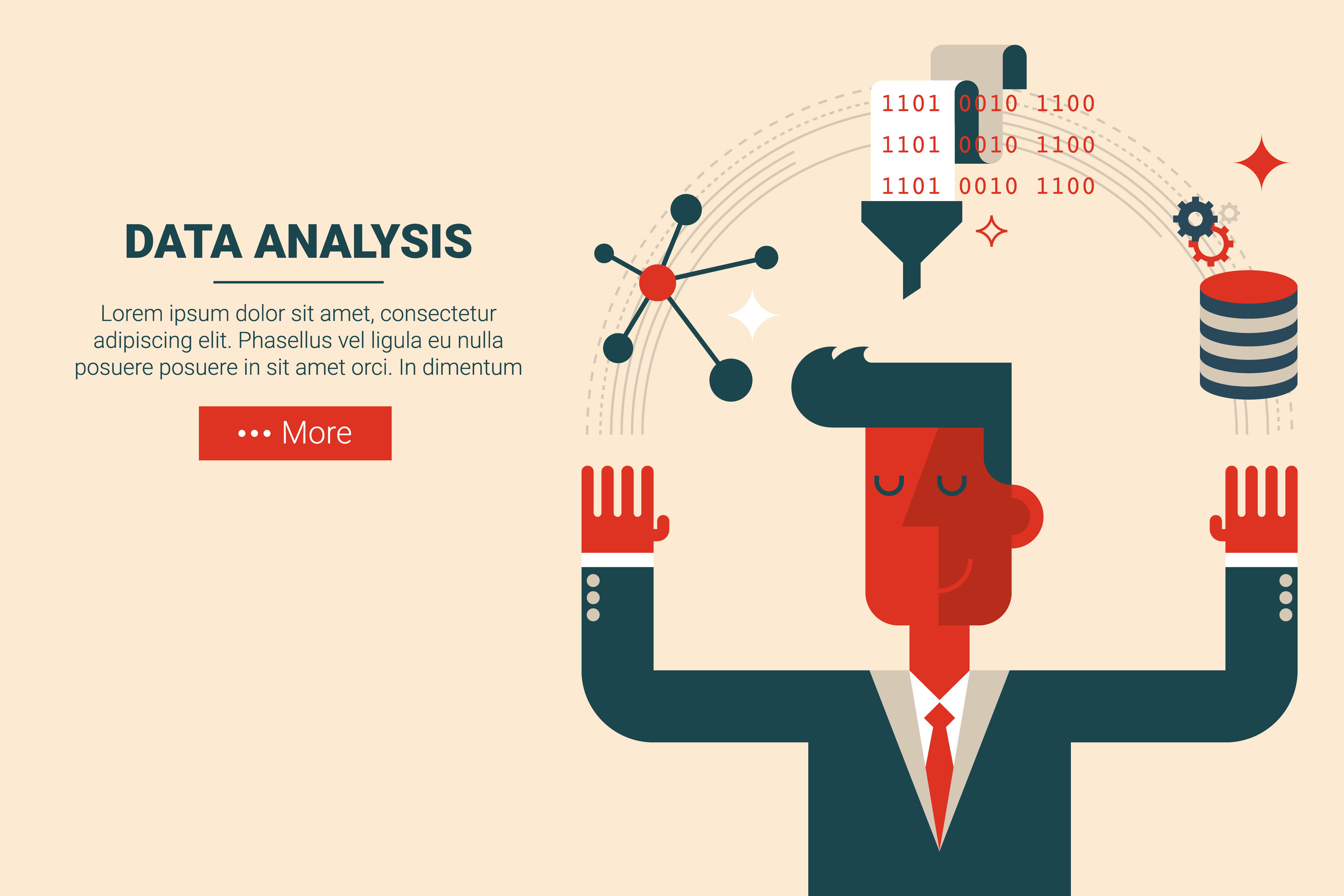Unveiling Patterns: The Art of Data Analysis
Unveiling Patterns: The Art of Data Analysis
Blog Article

In the world of information, a treasure trove of insights lies within the intricate web of data surrounding us. Data analysis serves as the key to unlock this treasure, allowing us to discern patterns, trends, and correlations hidden within the numbers. Through the lens of analytics, we transform raw data into meaningful information, shedding light on the underlying stories and behaviors that drive decision-making processes across various industries and fields. Whether it be evaluating past performance, predicting future outcomes, or understanding complex relationships, data analysis stands at the forefront of deriving knowledge and actionable intelligence from the vast sea of data at our disposal.
Exploring Data
Data analysis is a process that involves examining, cleaning, transforming, and modeling data to extract valuable insights for decision-making. The first step in this journey is exploring the data itself. This entails understanding the structure of the dataset, identifying the variables at hand, and grasping the relationships between them.
By exploring the data, analysts get a feel for its quality and completeness. This can involve checking for missing values, outliers, and inconsistencies within the dataset. Understanding the data's distribution and patterns is crucial for setting the foundation for meaningful analysis.
Exploratory data analysis techniques such as summary statistics, visualization, and correlation analysis are commonly used to uncover trends and patterns hidden within the data. Through this exploration process, analysts gain a deeper understanding of the data, setting the stage for more sophisticated analyses down the line.
Analyzing Trends
One of the key components of data analysis is identifying trends within the dataset. By examining the data over time or across different variables, patterns start to emerge that provide valuable insights into the underlying relationships.
Spotting trends allows analysts to make informed decisions and predictions based on historical data. Whether it's recognizing fluctuations in sales figures or identifying seasonal patterns in consumer behavior, the ability to analyze trends is crucial for any organization looking to stay competitive in today's data-driven world.
Through the use of visualizations such as charts and graphs, trends become more apparent and easier to interpret. This visual representation aids in understanding complex data sets and facilitates communication of key findings to stakeholders.
Drawing Conclusions
KPI analysis
Now that we have delved into the details of data analysis techniques, it is time to interpret the results we have obtained. By carefully examining the patterns and trends identified in the data, we can start drawing meaningful conclusions that provide insights into the underlying relationships. These conclusions serve as the basis for making informed decisions and taking appropriate actions in various fields.
The process of drawing conclusions from data analysis involves synthesizing the information gathered, identifying key implications, and determining the significance of the findings within the context of the problem or question at hand. This critical step bridges the gap between raw data and actionable insights, enabling us to extract valuable knowledge that can drive strategic decision-making in business, research, and other domains.
In essence, drawing conclusions in data analysis is not just about summarizing the results, but also about connecting the dots to uncover the bigger picture. It requires a blend of analytical thinking, domain expertise, and creative interpretation to transform complex data sets into clear, concise takeaways that can guide future actions and strategies. Effective conclusion drawing is essential for unlocking the true potential of data and leveraging its power to drive meaningful outcomes.
Report this page